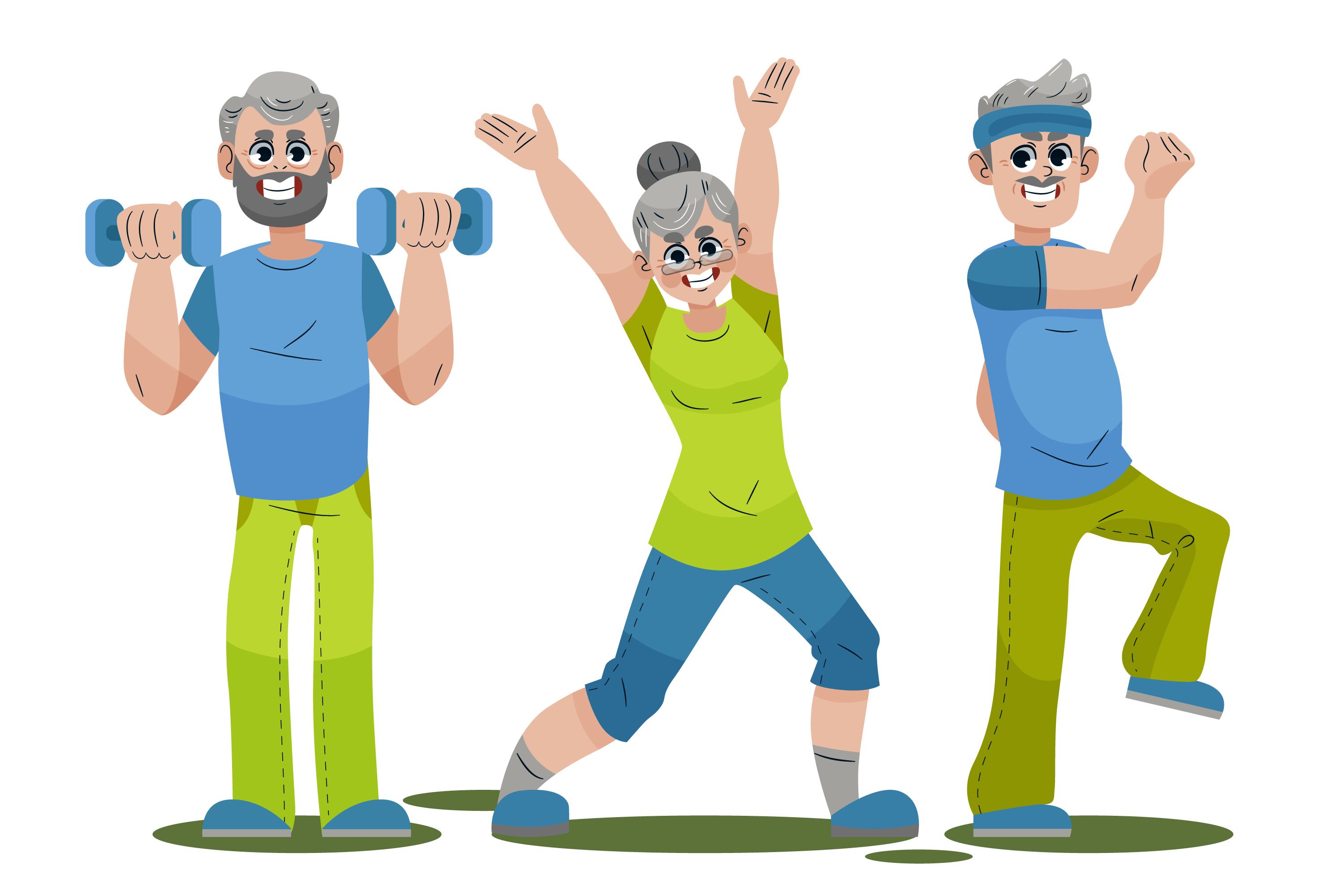Bone health is an important point to consider while aging. It will assist in keeping one away from diseases like osteoporosis. Also, it will prevent fractures. Osteoporosis is a disease in which the density of bones becomes very low. Osteoporosis is a chief cause of falls and fractures that negatively affect the drastic ways of life. The good news is it begs of being proactive enough to ensure the bones are strong and have good resilience. Here is a guide to how to keep bones healthy, prevent osteoporosis, and curb fractures with age:

1. Bone-Friendly Diet Plan
Calcium: An important mineral for healthy bones—in general it would be best if you obtain an intake averaging at least 1,000 mg/day (1,200 mg/day for women over 50 and men over 70). Here are some calcium-rich foods:
Dairy: yogurt, milk, and cheese
Leafy greens: Kale and spinach
Calcium-fortified plant-based milks
Tofu and almonds.
Vitamin D: Necessary for calcium absorption. 600-800 IU’s/day get some through sun exposure 15-30minutes/day depending on skin type and geographic location Vitamin D other sources:
Sunlight exposure—needs 15–30 minutes a day depending on skin type and location
Fatty fish—salmon, mackerel
Fortified foods—orange juice, cereals
Vitamin D supplements if necessary
Some other key nutrients include the following:
Magnesium: This is important in the process of bone formation besides helping assure the correct functioning of calcium. Magnesium can be derived .
Vitamin K2: This is a vitamin responsible for the utilization of calcium into the bones. They are derived from fermented food such as natto, dairy products, and green vegetables.
Omega-3 Fatty Acids: These have their properties relating to being anti-inflammatory and help in bone wellness. They are found in fatty fish, flaxseeds, and walnuts.
2. Do regular weight-bearing and resistance training exercises
Weight Bearing Exercises: These help build bone mass since they pressure your bones. A good example is;
– Walking or Jogging: Its moderate intensity builds bone mass.
– Dancing: Engages several muscles in an attempt to better balance.
Resistance Exercises: These encourage muscle in addition to bone mass and include;
– Resistance Bands: These come quite handy in building muscle strength.
– Dumbbells; this comprises lunges, squats, and overhead presses.
– Bodyweight; squats and planks plus push-ups can be effectively done to find advantages
Core and Flexibility Training; t’ai chi or yoga-type workouts will aid in enhanced balance, thus diminishing the chance of a fall and enhanced bone mass.
3. Behavioral Changes
Avoid smoking-it’s not a good thing for your bones; it makes your bones lightweight and does not absorb adequate calcium. Although, with time, after quitting smoking, the rate of bone health may improve.
Limit alcohol-it will hinder calcium from being absorbed best, also the process of bone formation. It’s recommended to take not more than one drink for women and two drinks for men within a day.
Maintain a Healthy Weight: Being too thin and obese can potentially have an effect on the bones. Try to maintain weight within normal limits with a balanced diet and regular exercise.
4. Have Your Bone Health Checked Regularly
Bone Density Tests: Bone density screening tests should be conducted from time to time, more so when the person is at any risk or if any member of the family has a history of osteoporosis so that it is effective in finding early bone loss.
Medications: If prescribed, take the medication in bone health management through medications. Medications could be prescribed, depending on the individual’s needs; these include bisphosphonates and hormone replacement therapies.
5. Avoid Falls at Home
Home Safety: Make your living environment safer in order to avoid falls which could then result in fractures by considering home safety:
There are no tripping hazards. Remove clutter from floors, fix loose rugs, and ensure that there is good lighting.
Install handrails inside bathrooms and along stairways to support the body.
Non-slip mats in the shower or bathtub prevent slipping on the surface.
Aid Devices: Canes, walkers, for the sake of balance enhancement and reduction of fall risks.
6. Stay Informed and Engaged
Education: Become more informed and understand your bone health and osteoporosis, which will provide you with information on your risk factors and what you can do to control them.
Community Resources: Attend support groups or wellness programs in your community that address bone health and getting older.
Regular Check-Ups: Make those appointments with your healthcare provider to aid in keeping in line your bone health so that he may be able to alter any treatments and/or lifestyle changes best for you.
Conclusion
Healthy bones in later life can thus be maintained by a combination of a diet that resonates with healthy bone functions, exercising, and lifestyle changes. Being in proper ovarian function will prevent the occurrence of the disease to the max possible limit. Not only will adopting these practices lead to a lifestyle of more action and independence, but also a reduction in your risk of osteoporosis and fractures. Remember, it is never too late to make changes that will have positive effects on your bone health and, indeed, your overall well-being.